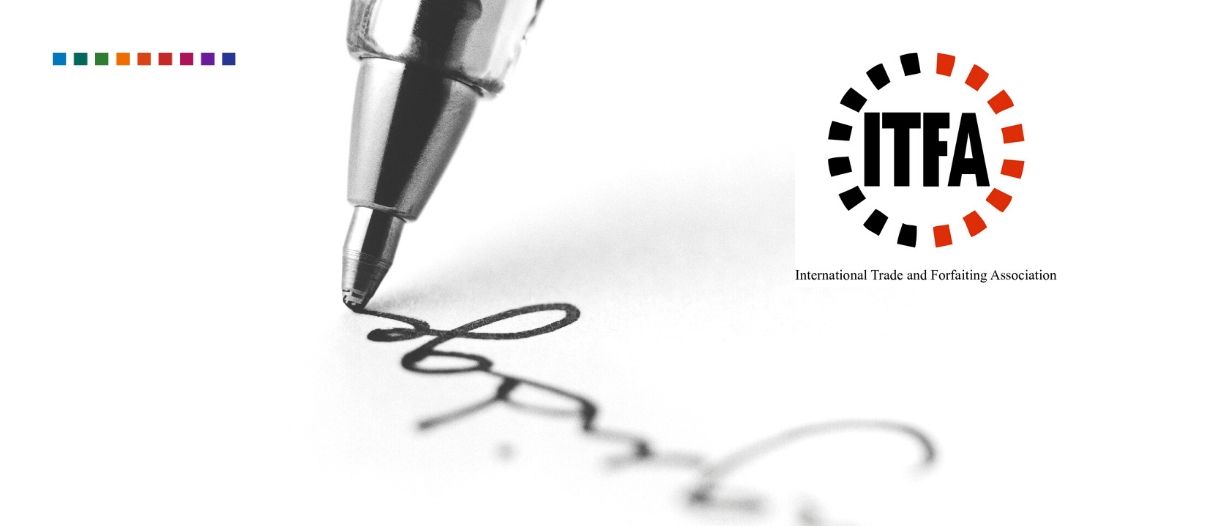In light of the COVID-19 outbreak, ITFA looked at the position of e-signing contracts, releasing practical guidance on how they are recognised across various jurisdictions. Note: this is not legal advice.
1. Following the outbreak of the Covid-19 pandemic, members have been obliged to work from home. This has raised obvious problems in signing documents, especially where there are no home scanning or copying facilities.
2. This guidance deals with electronic signatures in their widest sense. An electronic signature is taken here to mean any expression of consent linking a person to a document and allowing that person to be identified. It can take many forms as will be seen below.
3. Electronic signatures are recognised in many advanced jurisdictions. In Europe there is specific legislation dealing with their validity and many countries have adopted similar legislation.
4. The use of virtual signing processes is quite widespread. This usually requires, in brief, that a scanned copy of the signed document (or the signature pages and the rest of the document separately) be attached to an email. This therefore presupposes a prior signature and an ability to scan and re-send the document. Note that signature pages can be prepared in advance, saved to a drive and used later for execution of the document provided that these pages are kept internally and not released.
5. Signatures used in virtual signings need not be or have originated as “wet-ink” signatures although traditionally this has been the case. A digital signature is enough. These can be achieved using various widely available soft-ware tools such as adobe acrobat. This can be achieved by typing is a name using an available font and then attaching it or the software may produce a digital certificate without a facsimile signature showing the individual’s name which can then be attached to the document. It may also be possible to take a photograph of a signature and attach it as a jpeg
6. If it not possible to use any of the above methods, a pragmatic expedient consists of:
Attaching the unsigned document in either a word or pdf form to an email. This must be a single email i.e. not part of a chain.
In the body of the email, the following message must then be typed in and the sender’s signature typed across the bottom of the email after the message:
“We refer to the [add description of attached document] and confirm our agreement to its terms which we confirm are legally binding on us. The document shall be deemed to have been signed by the sender of this email by virtue of the typed signature which immediately follows this message. This email and the attached document shall form a single document. This confirmation overrides any contrary provision in any disclaimer.”
The email should be sent from the account of an authorised person known to the recipient of the email. It may be prudent to telephone the person in advance and/or after receipt to confirm its authenticity. A record of the telephone conversation should be kept.
This method is not considered to be optimal and, wherever possible, one of the methods referred to in paragraph 5. should be employed.
7. The method set out in paragraph is very unlikely to be effective for the execution of negotiable instruments such as promissory notes and bills of exchange but local advice should be taken. We refer our members to an upcoming paper on digital negotiable instruments which will be published shortly
This guidance is NOT LEGAL ADVICE. It is designed as practical and pragmatic advice which ITFA believes works in many jurisdictions and for many types of agreement but this may not necessarily be the case. ITFA and Trade Finance Global does not assume any liability for the guidance set out in this paper. Local legal advice must be taken.





























